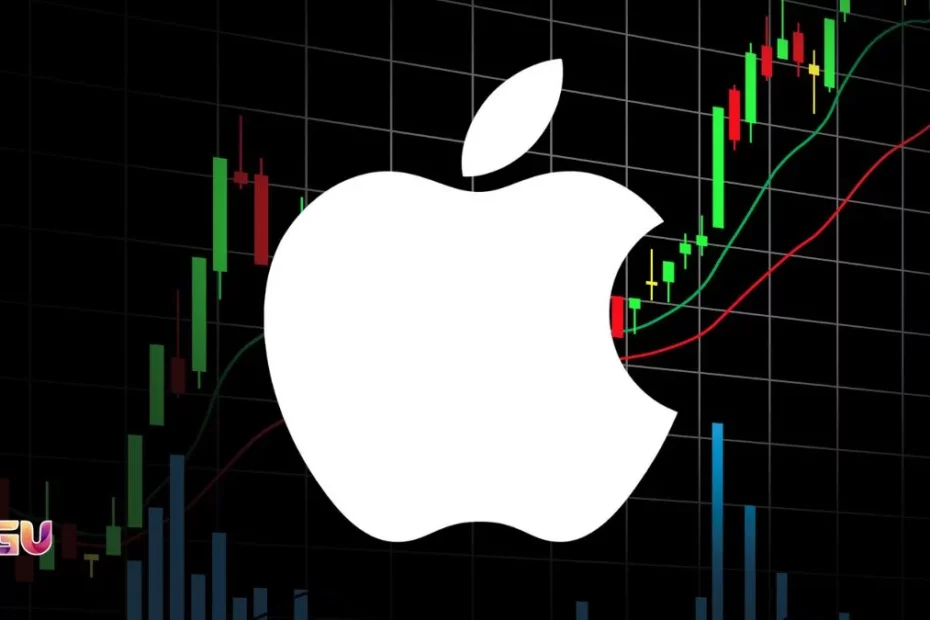AAPL Stock — Apple Inc. (NASDAQ: AAPL) saw a modest decline in early trading Wednesday, slipping 0.41% to close at $201.84, amid cautious investor sentiment following its annual Worldwide Developers Conference (WWDC) and ongoing shifts in broader tech sector momentum.
The stock opened at $203.50, touched an intraday high of $204.50, and ended the session at its daily low. With a market capitalization of $3.02 trillion and a price-to-earnings ratio of 31.50, Apple remains one of the most heavily weighted and closely watched companies on Wall Street.
Recent Performance and Market Context
Wednesday’s dip comes after a period of subdued movement in Apple stock, which has been consolidating after reaching a 52-week high of $260.10 earlier this year. Despite a strong showing in its product pipeline and updates unveiled at WWDC—including enhancements to Apple Intelligence, iOS 19, and macOS Sequoia—investors appear to be rotating into other AI-focused plays, including Nvidia and Supermicro.
Apple’s stock remains well above its 52-week low of $169.21, reflecting overall resilience amid shifting tech trends. However, with fewer near-term catalysts and increased competition in the AI hardware space, short-term sentiment appears mixed.
Dividend and Fundamentals
Apple continues to reward long-term investors with a steady dividend. The quarterly dividend amount stands at $0.26, translating to a 0.52% annual yield—a modest but reliable return for income-focused shareholders. Combined with its massive cash reserves and consistent buybacks, Apple remains a top pick for conservative growth portfolios.
While the company is not considered a pure-play AI stock, analysts argue that Apple’s integration of on-device AI, privacy-led features, and ecosystem strength gives it a unique position in the evolving tech landscape.
Analyst Outlook
Most analysts maintain a bullish long-term view on Apple, though several have noted the stock may be in a holding pattern in the short term as it digests recent gains and awaits Q3 earnings. The upcoming iPhone cycle, expanding services revenue, and Apple’s focus on mixed reality with Vision Pro are expected to drive the next phase of growth.
Market strategists say Apple’s ability to blend consumer loyalty with gradual innovation continues to provide a strong defensive moat—especially amid increased scrutiny of large-cap tech valuations.
